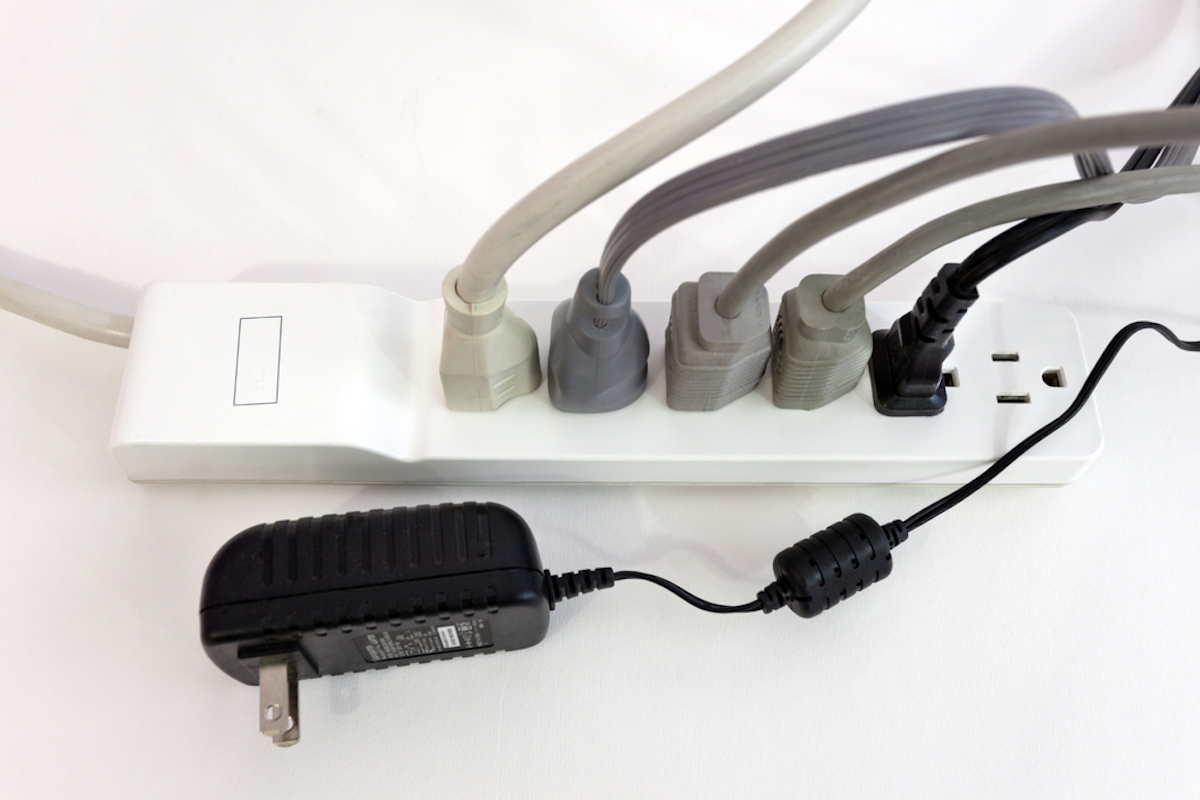 Do you have expensive electronic items in your home or at your business? It’s important to select the right surge protectors to keep them safe.
Do you have expensive electronic items in your home or at your business? It’s important to select the right surge protectors to keep them safe.
Surge protectors vs. power strips
There is a common misconception that surge protectors and power strips are the same thing, causing people to assume their electronics are protected when they are not.
Power strips deliver electricity to the devices plugged into them, just like surge protectors, but they offer zero protection. Surge protectors are designed to prevent sudden surges and spikes in electricity from reaching your electronics and destroying them.
How surge protectors work
Surge protectors work by recognizing the presence of excess voltage, shutting down power to the items plugged into it and then diverting that excess voltage back into the grounding port of the outlet the surge protector is plugged into.
Electrical surges and spikes can be caused by poor electrical wiring, problems in the electric grid or even electrical storms. Because there are numerous causes of electricity spikes, anyone who owns high-value electronics should use surge protectors.
Selecting the correct surge protector
1. You can choose outlet-style protectors that plug into the outlet and fit snuggly against the wall, strip-style protectors that come with a long cord and lay flat and tower-style protectors that also come with a long cord but sit upright.
2. Consider the locations, number and size of your electronics to determine how long a cord you need and how many outlets you want.
3. Check the joules listed on the packaging. The higher the number, the better the surge protector will perform. 2,500 joules should be the minimum.
4. Clamping voltage is the threshold at which the protector will divert the excess power back into the grounded element of the wall outlet. 330 volts is ideal, but if not available, the lowest option is the best.
5. Finally, check the response time. Response time is measured in nanoseconds and represents how long it takes for the protector to respond to excess voltage.
Of course, no surge protector is fool-proof. To make certain you are not left in the red, check that your insurance policy will cover your electronics if damaged by power surges.

Leave a Reply